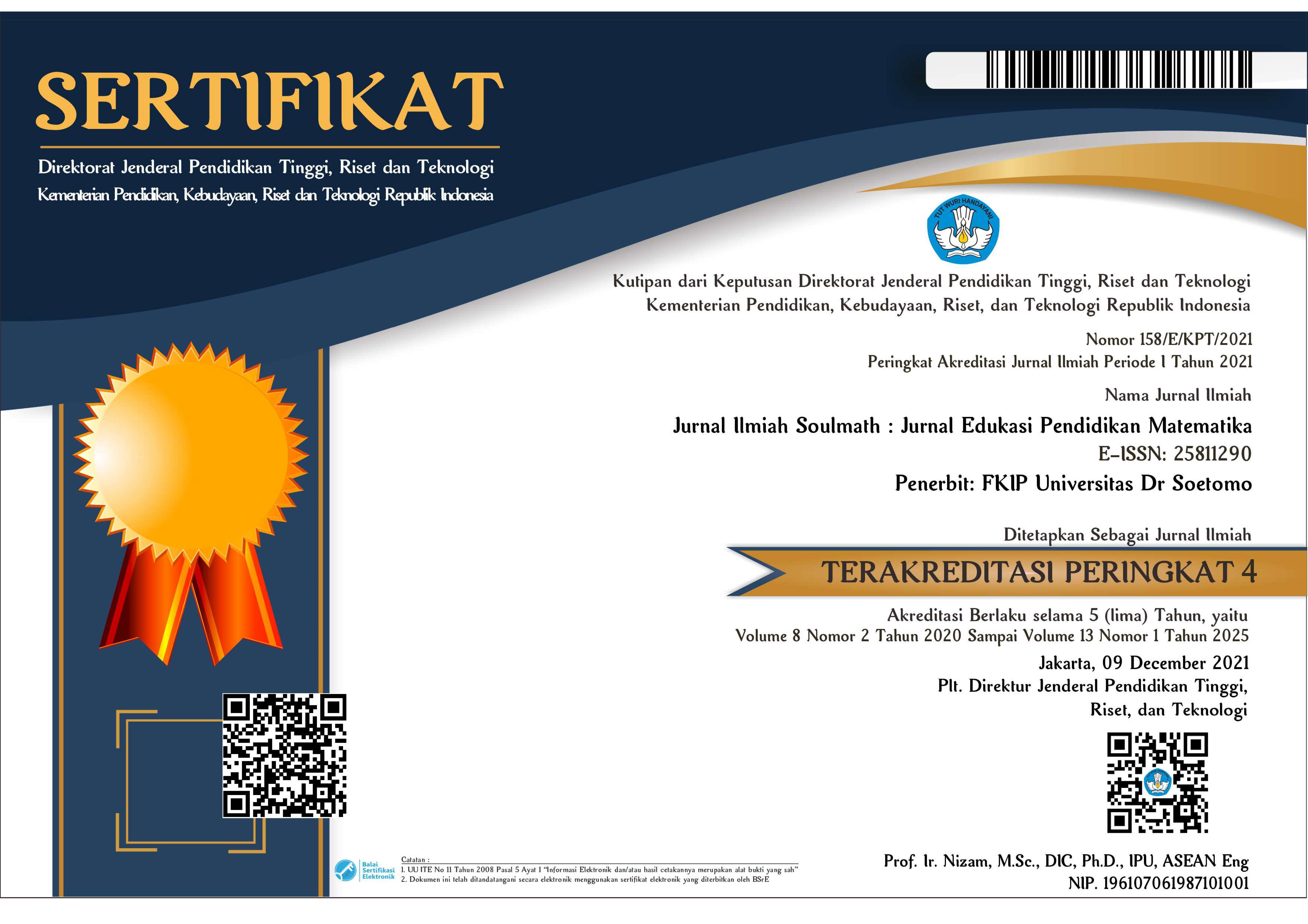Metode Hibrida Berbasis Preprocessing Data Untuk Peramalan Curah Hujan Jangka Panjang
 Abstract views: 423
,
Abstract views: 423
,
 PDF (Bahasa Indonesia) downloads: 466
PDF (Bahasa Indonesia) downloads: 466
Abstract
Salt as one of Indonesia's commodities is very dependent on the length of the dry season. The longer the dry season, the greater the process of evaporation of sea water pumped into the salting area. Rainfall is an indicator that is closely related to the dry season pattern in Indonesia. For this reason, it is necessary to have an early warning system to avoid crop failure in salt farmers. The research variables are rainfall, wind speed, and air temperature in Sumenep, Indonesia. Rainfall variables are determined as output variables (variables to be predicted), while wind speed and air temperature are input variables. In this study, the PCC-based ARIMA-ANFIS hybrid method was used to predict long-term monthly rainfall and examine the consistency of the resulting forecast so that it can be used to compile a yearly salt production calendar. The accuracy of the model in the prediction is measured based on the RMSE criteria. The result of this research is ARIMA model give the best accuracy than the recommended method.
Downloads
References
[2] Wahyono, A., Imron, M., Nadzir, I., & Haryani, N. S. (2012). Kerentanan Penambak Garam Akibat Perubahan Musim Hujan Di Desa Randutatah,Kabupaten Probolinggo. Jurnal Masyarakat dan Budaya, 14(3), 519-539.
[3] Statistik Kelautan dan Perikanan. (2016, April 12). Produksi Garam Indonesia. Dipetik Februari 16, 2017, dari http://statistik.kkp.go.id/sidatik-dev/Berita/Analisis%20Produksi%20Garam%20Indonesia.pdf
[4] Narayanan, P., Basistha, A., Sarkar, S., & Kamna, S. (2013, January). Trend analysis and ARIMA modelling of pre-monsoon rainfall data for western India. Comptes Rendus Geoscience, 345(1), 22-27.
[5] Talei, A., Chua, L. H., & Wong, T. S. (2010, September 24). Evaluation of rainfall and discharge inputs used by Adaptive Network-based Fuzzy Inference Systems (ANFIS) in rainfall–runoff modeling. Journal of Hydrology, 391(3-4), 248-262.
[6] Liu, J., Wang, X., & Lu, Y. (2017). A novel hybrid methodology for short-term wind power forecasting. Renewable Energy, 103, 620-629.







